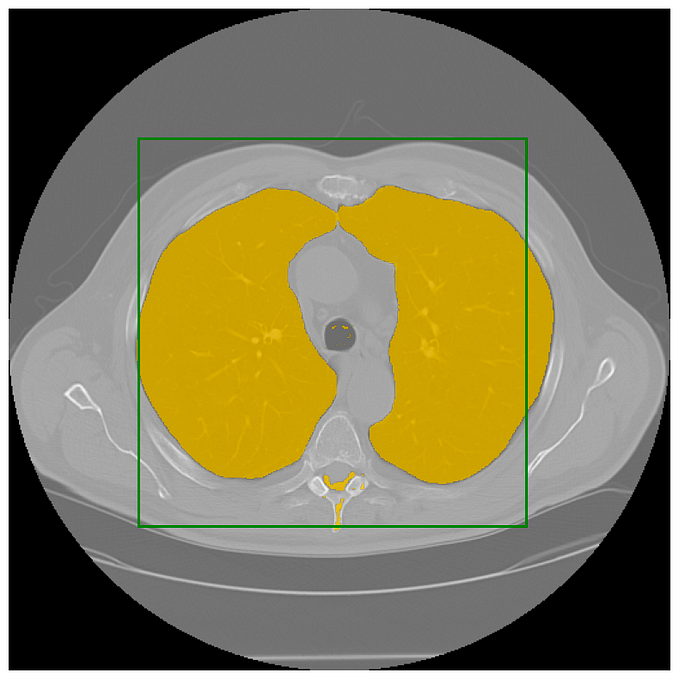Member-only story
Planned obsolescence in automotive: Is it even real?
It happens even more often than you think.

It seems like this has been a popular topic of conversation recently, where more and more people feel that the quality of today’s cars is decreasing, especially for cars in the early 2000s, as if today’s cars are like disposable items that have to be thrown away when their useful life has passed.
And that’s not wrong either; most modern cars are like that, and their lifespan is getting shorter, especially for sophisticated cars with lots of electronic devices.
Cars in the '60s or '80s can last forever, especially those that use carburetors. You all know that there are lots of classic vehicles that still function even with minimal maintenance.
If there is damage, someone can “fix those with a hammer,” and there is nothing that can make things even more difficult, especially the engine; everything is visible and can be accessed easily.

New cars are not that easy; there are a lot of plastic covers that have to be removed to reach a part, so in some ways, it makes it difficult for those who want to tinker with the engine. Indeed, some opinions say…








